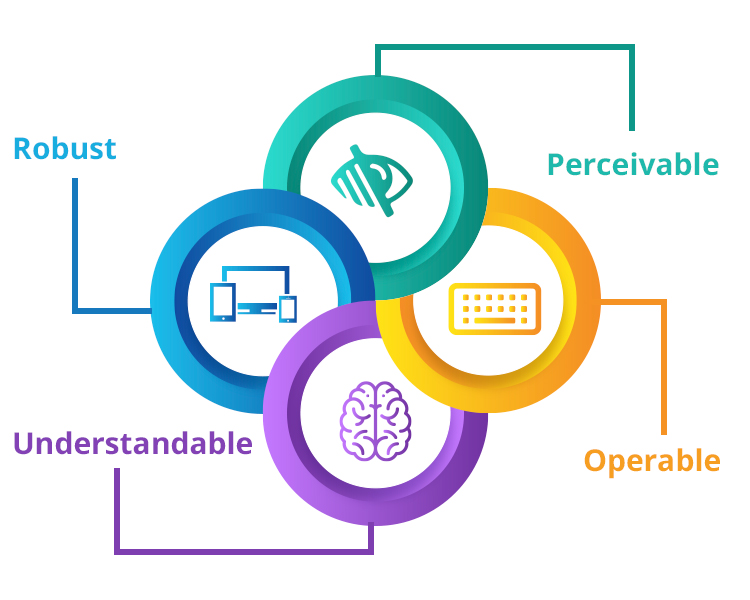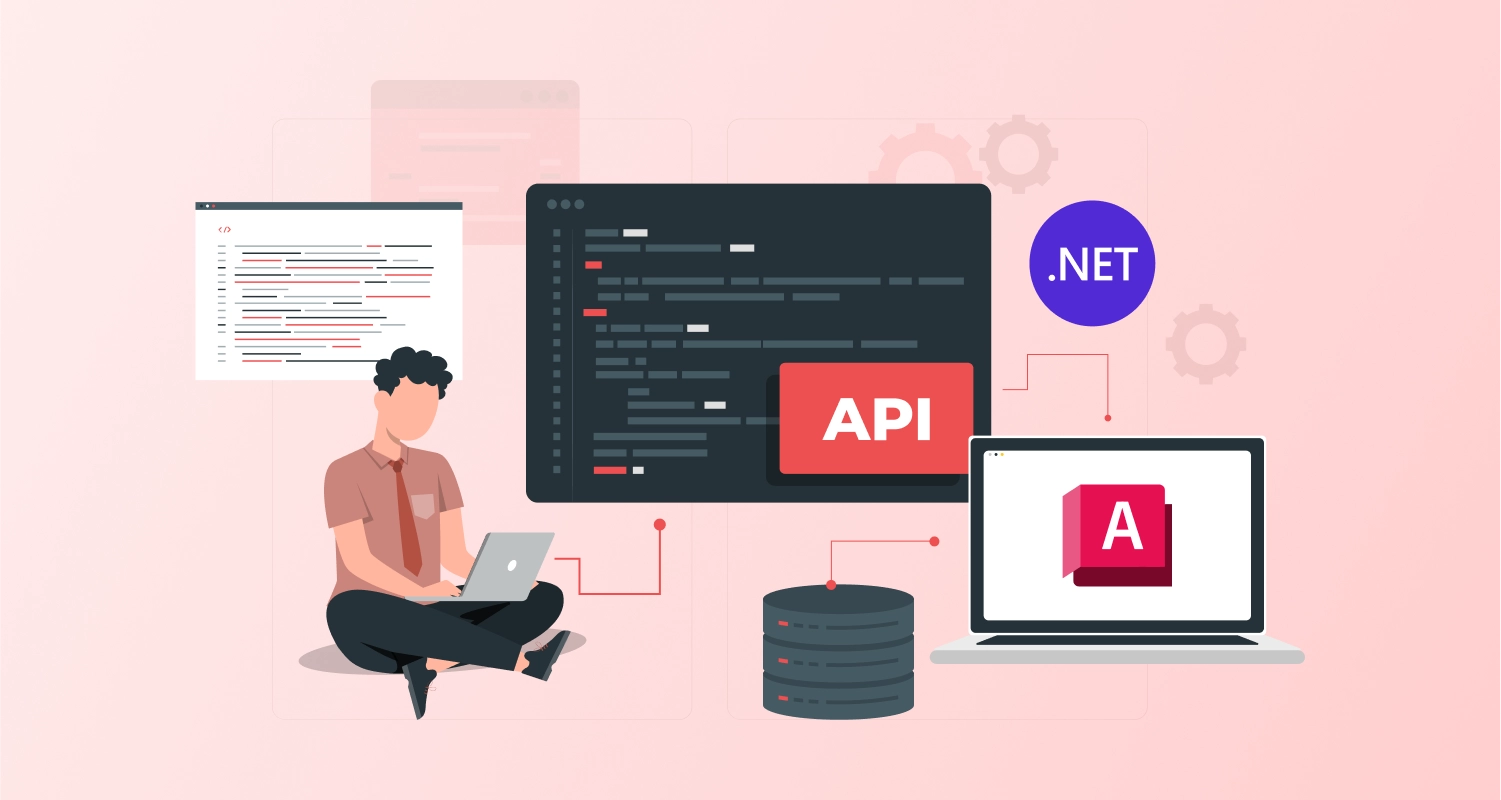The website content should be accessible to everyone irrespective of physical difficulties, lack of linguistic proficiency or certain disabilities that prevent many people from using the website to their fullest potential. This is the reason Web Content Accessibility Guidelines (WCAG) were created for websites to practice principles of content presentation and certain UI rules to make access to contents easier. For any web app development company with an unflinching focus on the visitors and users, these guidelines really matter.
While the WCAG has evolved over the years and a variety of new recommendations and principles continued to pour in, the principal focus of making the contents more easily accessible remained a mainstay throughout these guidelines. This is why it is imperative to understand the importance of these guidelines before explaining them further.
Key Reasons Why Websites Accessibility Really Matter
There can be an unlimited number of reasons for making content accessible to everyone irrespective of physical disabilities and shortcomings. It is true that there is a sizeable population all over the globe who suffer from one type of disability or the other. This is one key reason for your website to become WCAG compliant.
Let us explain the key reasons behind making your website WCAG compliant.
Government Regulations
There are various federal and state-level regulations that force websites and digital applications to make content accessible to everybody including people with disabilities. Some legislations such as the Americans with Disabilities Act (ADA), the Rehabilitation Act and some human rights regulations already prescribed stringent measures and actions against discriminatory practices for populations with disabilities.
It Is a Natural Human Right
Irrespective of the legal provisions and regulations, accessibility is a natural human right of any individual. The United Nations’ Convention on the Rights of Persons with Disabilities which has been signed by representatives from 161 countries, clearly gives validity and recognition to this right. The convention also vows to make access to content, technology, and systems easier and smooth for people with disabilities and considers it as an obligation.
Beneficial from Business Perspective
These regulations and human rights considerations apart, easier and better access to content and technology is also beneficial from the business perspective in the long run. If a person with disabilities cannot access your website content or any service, they can just switch allegiance to another website with easier access and smooth user experience. The easier access to content can positively affect your search engine ranking and visibility if your website that in turn can deliver a better scope of business conversion. Moreover, better accessibility actually makes a lasting and positive impression on all your customers including people without any disabilities.
The Importance of Web Content Accessibility Guidelines
Even if you are quite convinced that you need to work positively to make the site content more accessible to people with disabilities, without specific and time-tested guidelines you really cannot make things take a positive turn. This is why to help websites with easier access to content and services the Web Content Accessibility Guidelines (WCAG) were established. Now the question is, whether the WCAG has proved to be really effective to fulfill its objective.
Well, there are various opinions for and against these guidelines that we need to evaluate. On the one hand, following these guidelines websites with the help of experts can optimise content, UI elements, and other features to make accessibility easier. On the other hand, many experts are of the opinion that WCAG miserably fails in ensuring optimum access to content and functions.
In spite of all these varying and contesting opinions, WCAG 2.0 and 2.1 to the vast majority of websites already proved to be effective for many people with different forms of disabilities. These guidelines have been proven to be particularly effective for people with hearing difficulties, vision problems and disabilities due to dexterity in their hands.
The 4 Key Principles of WCAG
WCAG in the broader sense can be explained in 4 key principles. These principles actually rule which web contents will be considered accessible for disabled people. The websites and the content publishers should orient the content publication, UI elements, and other technical aspects to confirm to these principles of accessibility. Getting deeper into the constituents of each of these principles is important to have a fuller and effective understanding of the implementation of WCAG guidelines.
Let us explain these 4 principles one by one.
- Perceivable: The content must be perceivable to users with disabilities and the users by using one or two of their senses at least should be able to perceive the content.
- Operable: Users should feel at ease with the operative UI elements and should be able to interact and make inputs using a mouse, keyboard, voice command, etc.
- Understandable: The content should boast of easy understanding or compregendibility.
- Robust: The content should be created to work across all browsers, different device OS and evolving platforms in the present and the future.
WCAG Validator: Checking Whether a Website is WCAG Compliant or Not
While accessibility guidelines have been very helpful to make the web a better place for everybody irrespective of their abilities and physical limitations, we also need some tools to check whether the websites are really conforming to these guidelines. As the tests for Section 508 compliance and tests for PDF accessibility more equipped and comprehensive checkers should be there.
This is also to remember that these tools are not able to detect all kinds of violations. For better results, it is always recommended to hire dedicated developers versed with accessibility principles or to take help from a qualified accessibility partner who with the help of manual and functional testing can actually reveal every kind of accessibility issue.
Conclusion
The WCAG can only be referred to as a big positive step for the effort to make the web a better place for all. But these guidelines will not be sufficient unless you can understand the principles and practices in the context of your website design.









